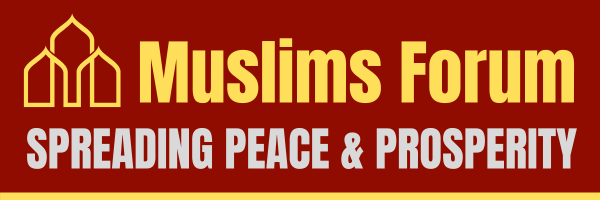The Tablighi Jamaat ranks among the world’s largest Islamic missionary movements, yet it operates quietly—without media attention, political involvement, or public campaigns. Emerging in early 20th-century India, this grassroots initiative is devoted to reviving faith, encouraging personal spiritual growth, and reestablishing the Sunnah (prophetic practices) in the everyday lives of Muslims.
Despite lacking formal leadership or a rigid organizational structure, the movement has expanded to nearly every part of the world. What, then, accounts for its widespread influence and lasting impact?
📜 Historical Roots
The Tablighi Jamaat was established in 1926 by Maulana Muhammad Ilyas Kandhlawi in the Mewat region (in present-day Haryana, India). Deeply troubled by the erosion of Islamic values and identity among rural Muslims—particularly in areas influenced by non-Islamic customs—Maulana Ilyas initiated a reform movement grounded in simplicity and sincerity.
His call, “Aye Musalmano! Musalman bano” (“O Muslims, become true Muslims”), reflected the core mission: to reignite Islamic awareness and promote a return to fundamental religious practices on an individual level.
🎯 Goals and Approach
The Tablighi Jamaat is neither a political group nor a social reform body. Its primary mission is to revive the spiritual connection of individual Muslims through preaching and example. Key characteristics of its method include:
Read More On Muslim Forum

